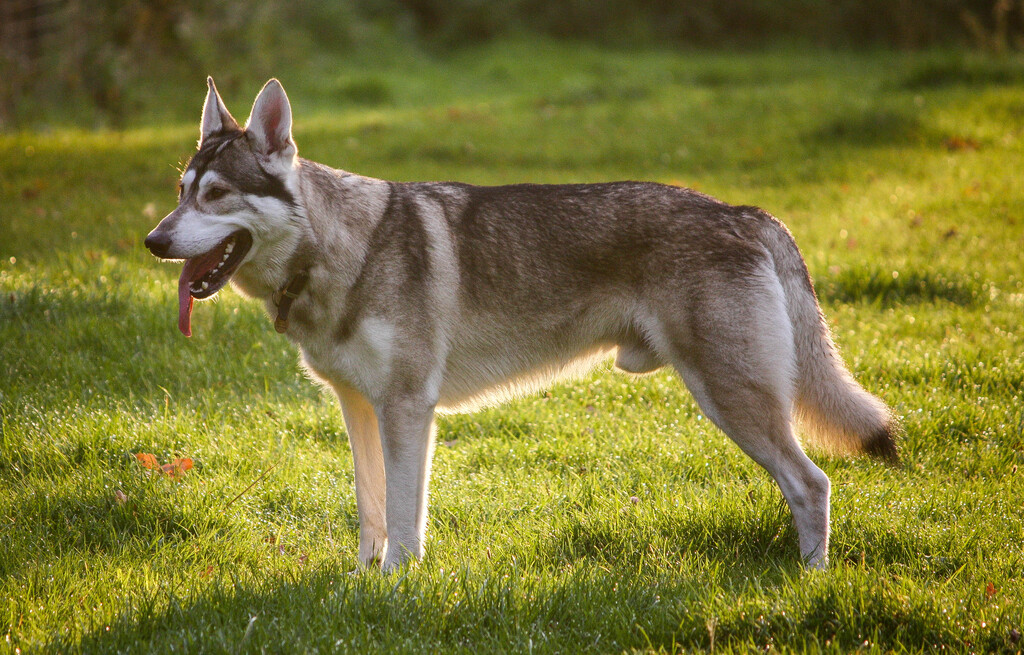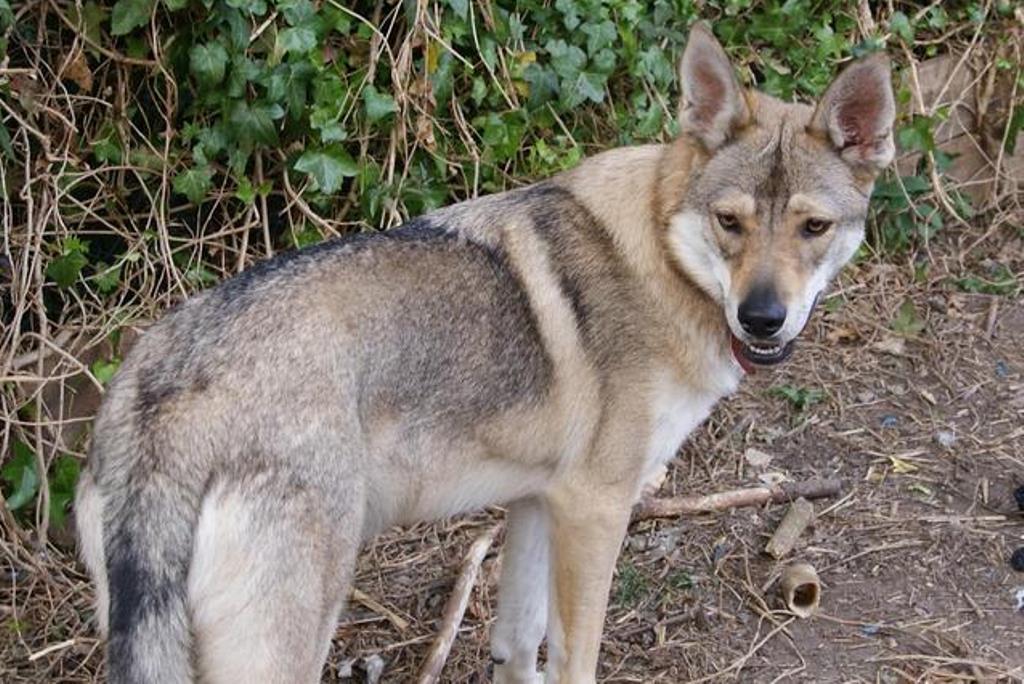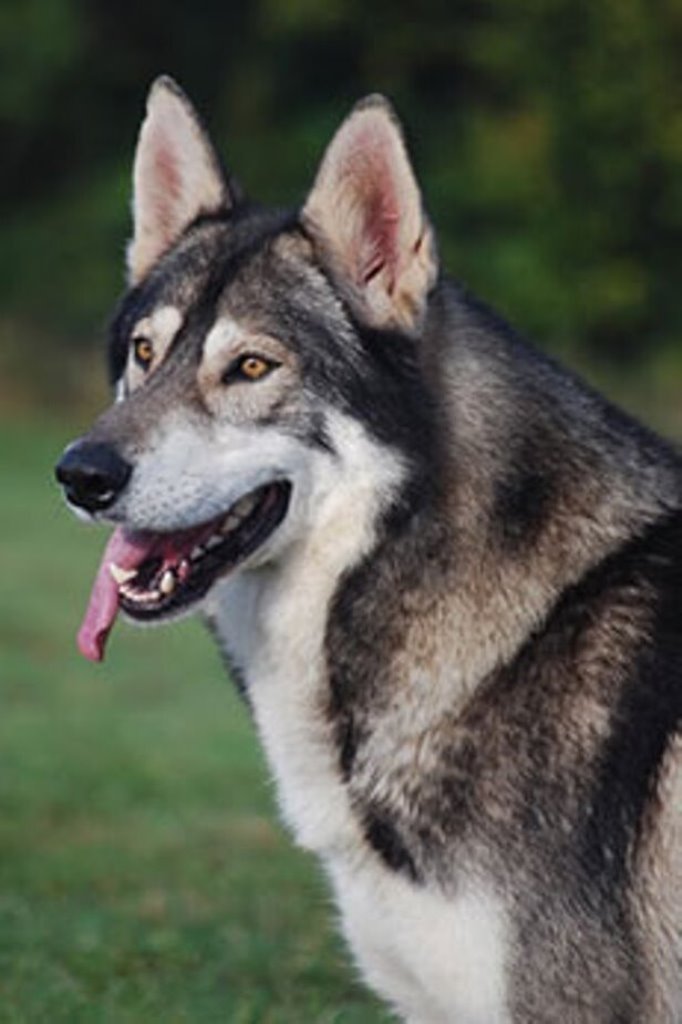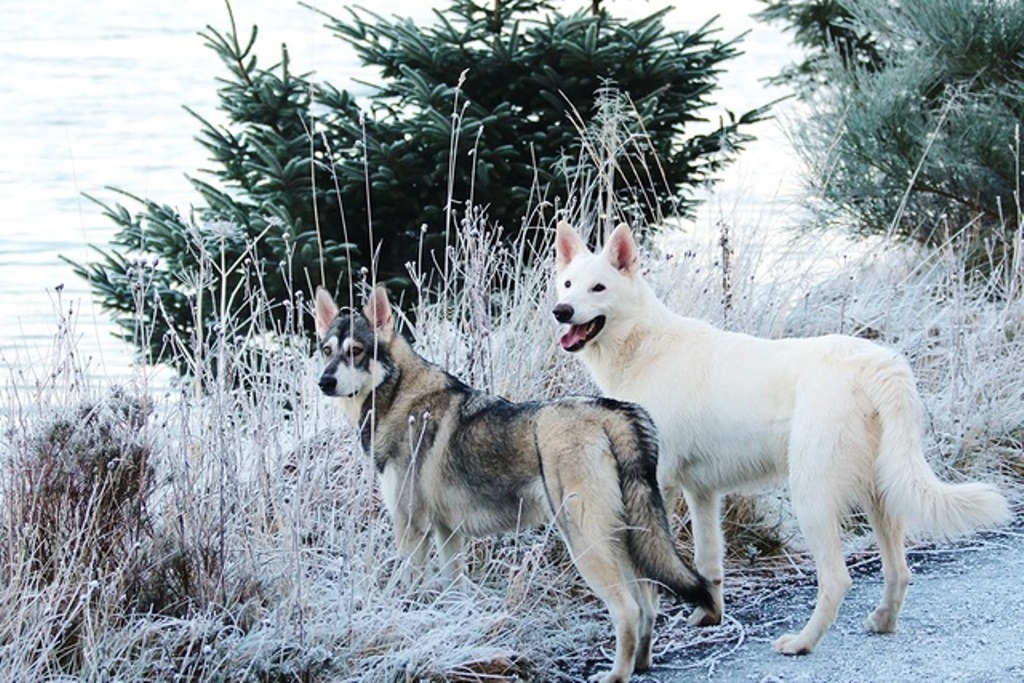
Northern Inuit Dog Breed: Heritage and Adaptability
My dear friends, welcome to this new article. Today I am going to tell you about a beautiful breed, the Northern Inuit. If anyone were to notice a certain resemblance to the metal wolf from Game of Thrones, they would not be mistaken. The production of this very popular TV series, in fact, chose this breed, whose figure has been suitably adapted with CGI, to play the role of the metal wolves.
Contrary to what might be deduced from an assessment of mere aesthetic form, there is less wolf within this breed than there is in others, such as the Czechoslovakian wolfdog or wolf hybrids. In fact, its Canadian origins can be traced back to a series of crosses made between the 1970s and 1980s. These involve breeds such as German shepherd, Siberian husky, Samoyed, Alaskan malamute and wolf hybrid.
The Northern Inuit is basically designed as a sled dog that is sometimes also used for guarding. Their size is medium-large and they can live up to 15 years of age. They have a tendency to shed hair and are therefore not recommended for people who have allergy problems. It is advisable to supervise contact with children, especially if they are not part of your household. It is not a flat dog and will never be happy cooped up in a flat.

This is a dog that has an extreme need to stay on the move and we therefore advise against it for the elderly, lazy, disabled or those who cannot keep it constantly on the move. As a sled dog, it has a strong sense of hierarchy and pack. If socialised correctly, it should have no particular difficulties with other dogs. It is not a particularly vocal dog, but neither is it a silent dog.
Like many sled dogs, they get on very well with humans on whom they are quite dependent and with whom they are very affectionate. It is not, however, a dog suitable for following orders or for particularly varied training. Sled dogs must have the necessary stubbornness to drag a sled across the ice, the mental toughness to avoid distractions and recognise a limited but unambiguous number of commands.
The master of the Northern Inuit should be an experienced person who can undertake education and training from an early age. Should this animal be led by an individual without character, it may be inevitable that it will become an unmanageable and spoilt dog over time.

The Northern Inuit is not a very common dog in Europe and breeders around the world behave quite independently, which is why it is not possible to have an idea of the price that is decided from time to time by the various breeders scattered around the globe but especially in North America. This is because they are not recognised by any national dog club other than that of the specific breed.
It presents itself aesthetically as a Nordic dog very similar to the wolf. The tail is thick and firmly planted on the rump. The coat must be double, thick and dense. The colour may be black, grey, brown, fawn and white. The size is quite large and variable, males start from 51 cm at the withers up to 81 cm. Females are slightly smaller, starting at 58 to 71 cm at withers. A normal-weight adult male reaches 50 kg and the female 40 kg.
Given its size and appearance, it is no wonder that it was chosen as the wolf target for the popular TV series Games of Thrones. It is a very well-proportioned animal, the legs are strong and the rump is level with a very strong neck base supporting a very well-built and solid lupine head. The eyes can be any colour, preferably dark, and are slightly slanted.

Unfortunately, this breed is prone to statistically more frequent diseases such as hip and elbow dysplasia, glaucoma and other eye problems, epilepsy, Addison's disease, allergies and cancer. It is therefore of paramount importance to have a complete parental history to reduce the possibility of hidden hereditary diseases. Furthermore, at a young age, it is important to avoid straining the musculoskeletal system.
As is also the case for humans, it is advisable to ask your vet for a diet based on specific needs and special analyses. Although this is often regarded as unimportant, it is of fundamental importance to provide an adequate nutritional intake so that it grows and thrives in a healthy and balanced manner. The feed, preferably dry, must be given regularly and must undoubtedly be consistent with the intensity of the animal's physical activity.
The coat is naturally water-repellent, a bath every four months is sufficient as long as it is brushed with gentle instruments at least twice a day. The outer coat is quite rustic but not stiff enough to withstand the elements. The undercoat, on the other hand, is very soft and provides remarkable cold resistance.
If you would like to stay up to date, don't hesitate to follow us on facebook, instagram, twitter, telegram or subscribe to the website. Show us if you liked this content with a like or dislike and if you have any questions, even without registering you can leave a comment at the bottom of the article.






















